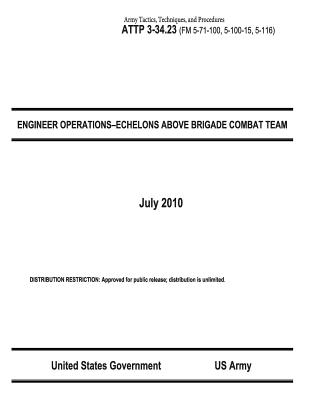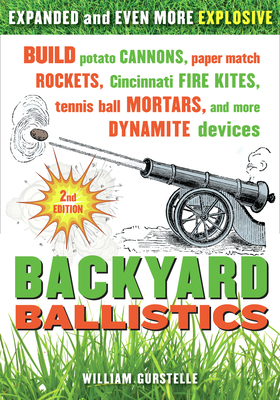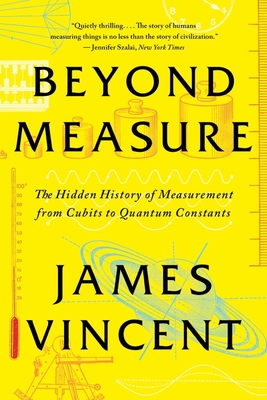
Army Tactics, Techniques, and Procedures ATTP 3-34.23 (FM 5-71-100, 5-100-15, 5-116) ENGINEER OPERATIONS-ECHELONS ABOVE BRIGADE COMBAT TEAM July 2010
Description
Army Tactics, Techniques, and Procedures (ATTP) 3-34.23 describes engineer operations at echelons above brigade (EAB) combat team level. It is the engineer doctrinal manual for engineer support to division, corps, and theater army echelons. The manual is an extension of Field Manual (FM) 3-34, and is linked to joint and Army doctrine to ensure its usefulness for operational-level commanders and staff. This manual serves as a guide for the application of engineer combat power and employment of engineer forces in support of full spectrum operations primarily at higher echelons and within a joint framework. ATTP 3-34.23 consolidates doctrine previously published in three separate manuals: FM 5-71-100, FM 5-100-15, and FM 5-116. The consolidated doctrine has been updated and revised to align with revisions to FM 3-34 and other Army and joint doctrine. The manual is organized into seven chapters plus numerous appendixes to provide additional details on selected operational topics. The first three chapters follow the flow of FM 3-34 and generally describe engineer operations at higher echelons. The next three chapters focus on operations at each of the higher echelons and operational configurations. The final chapter discusses sustainment support to the engineer forces operating at these echelons. A brief description of each of the chapters is provided below: -Chapter 1 describes the engineer view of the operational environment (OE) as it pertains to operations at echelons above BCT. It discusses the challenges and opportunities that translate to requirements for engineer capabilities and combat power. It describes the forces and capabilities available including joint, interagency, and multinational forces. It concludes with a discussion of categorizing capabilities within the engineer functions and synchronizing their application through the warfighting functions. -Chapter 2 discusses implications of the modular force organization for operations at higher echelons. It includes a discussion of the modular engineer force implications and the implications of the modular force headquarters at each higher echelon. It also addresses tailoring engineer force pool capabilities in support of engineer operations. -Chapter 3 lays the foundations for engineer operations at EAB. It focuses on integration at each echelon and throughout the entire operations process. It includes a discussion of the engineer coordinator (ENCOORD). It also describes command and support relationships as the critical linkage for engineer integration throughout the force. -Chapter 4 describes engineer operations at the theater echelon. It includes a discussion on integration in theater operational design, force-tailoring considerations, and operational themes at this echelon. It also includes a focused discussion on engineer support in each of the operational configurations described for a theater army headquarters. -Chapter 5 describes engineer operations at the corps echelon. It includes a discussion on integration in corps operations processes, force-tailoring considerations, and full spectrum operations at this echelon. It also includes a focused discussion on engineer support in each of the operational configurations described for a corps headquarters. -Chapter 6 describes engineer operations at the division echelon. It includes a discussion on integration in division operations processes, force-tailoring considerations, and full spectrum operations at this echelon. It also includes a focused discussion on engineer support in each of the operational configurations described for a division headquarters. -Chapter 7 discusses sustainment of engineer capabilities. Successful engineer operations include effective incorporation of sustainment support. This chapter describes the integrated sustainment effort required to support engineer operations.




























